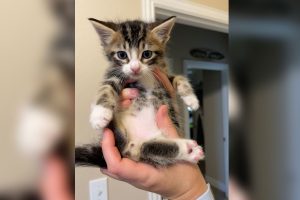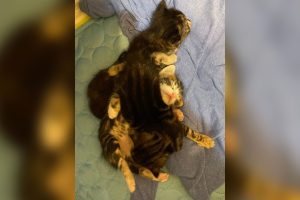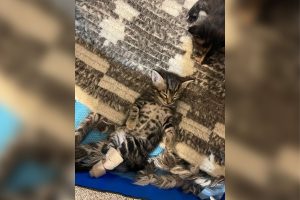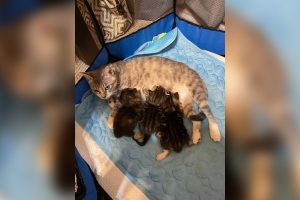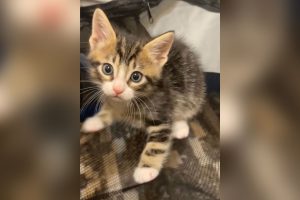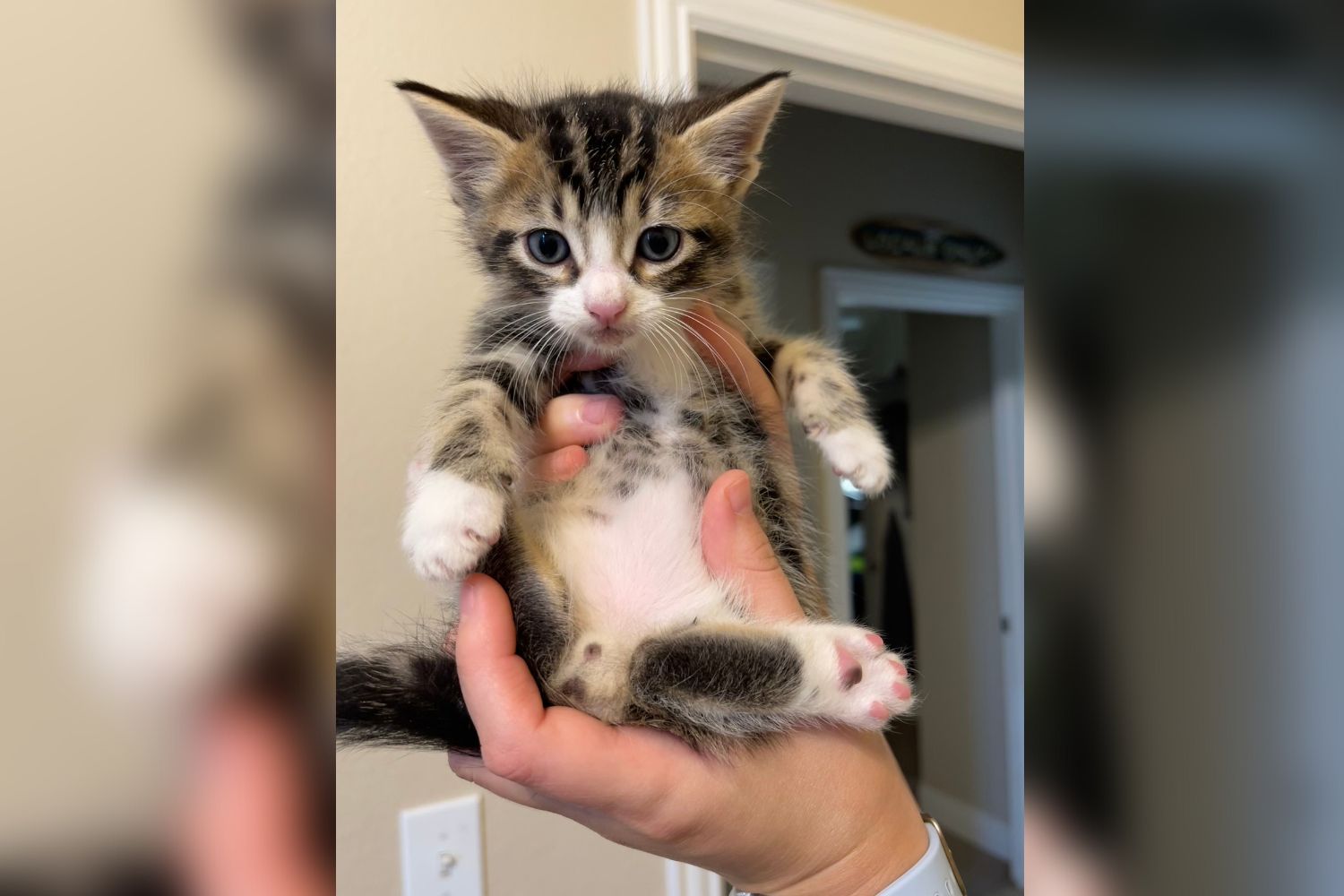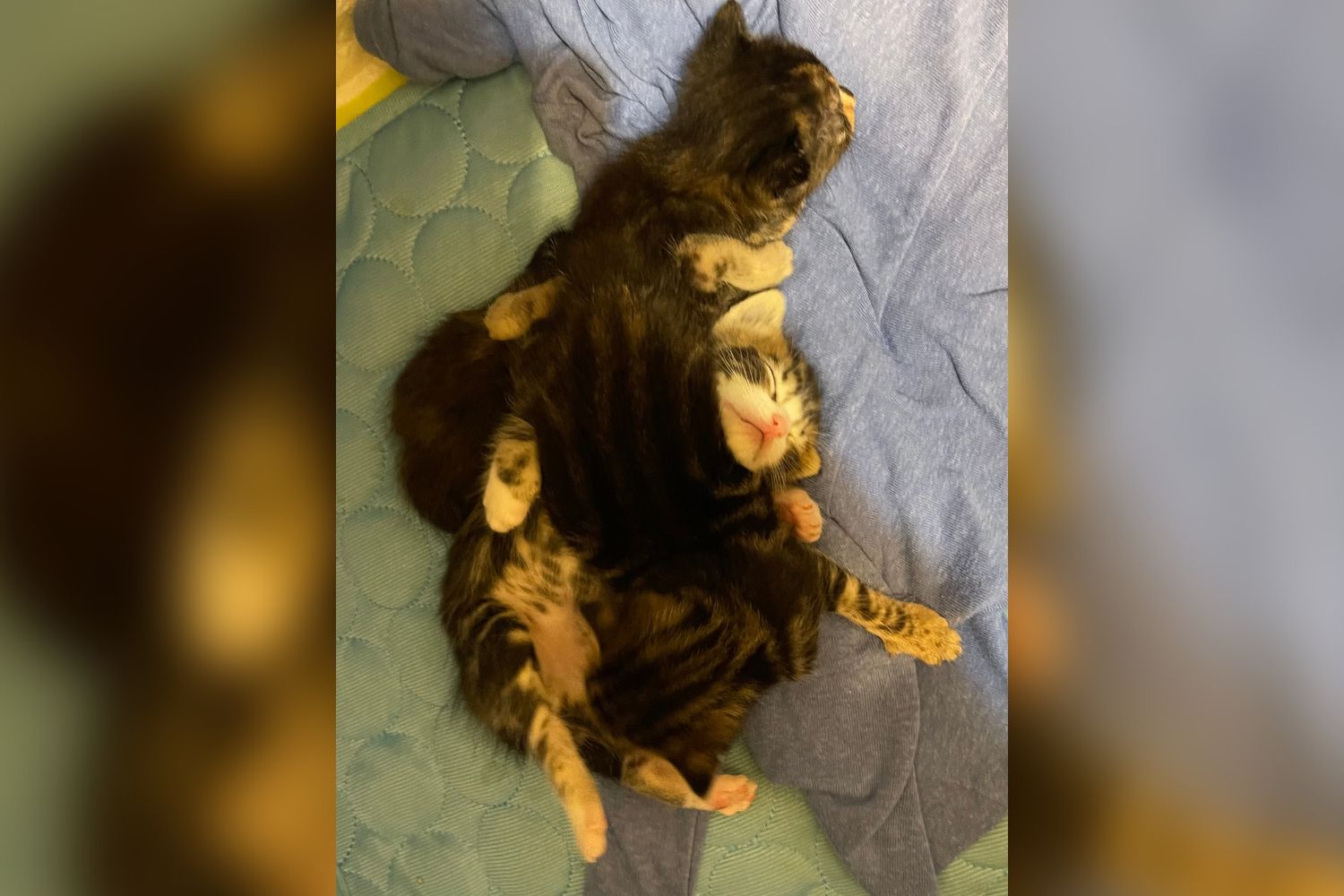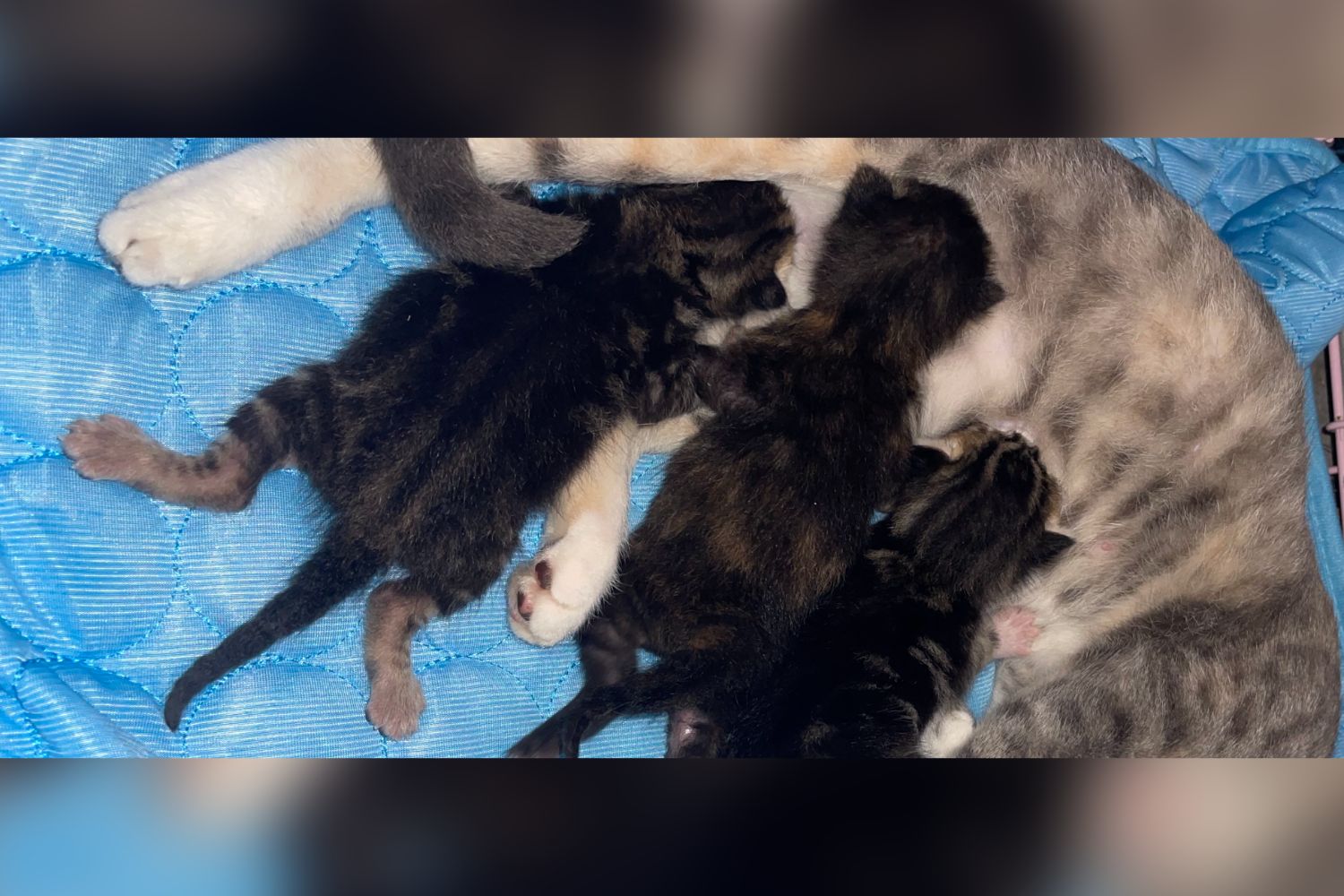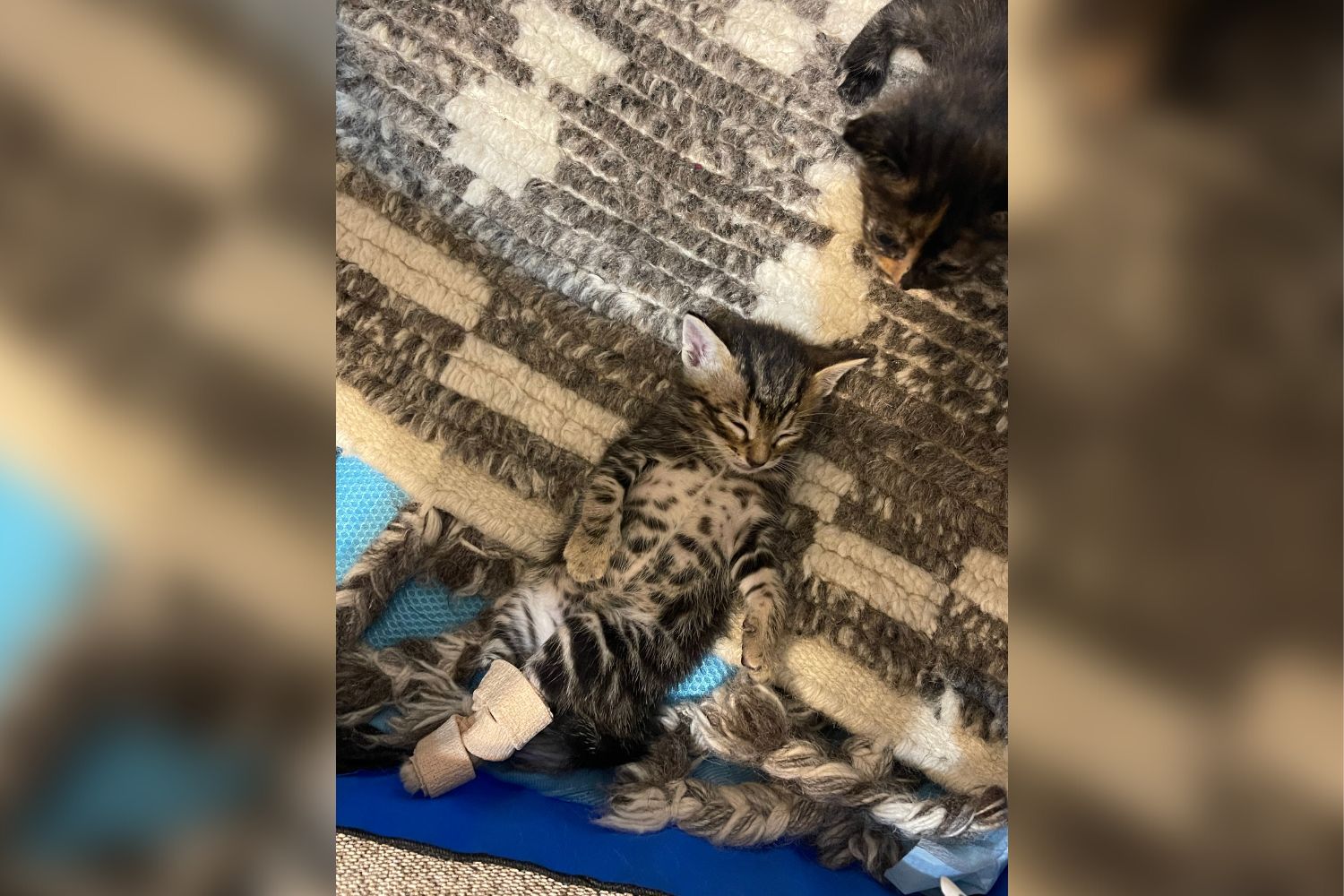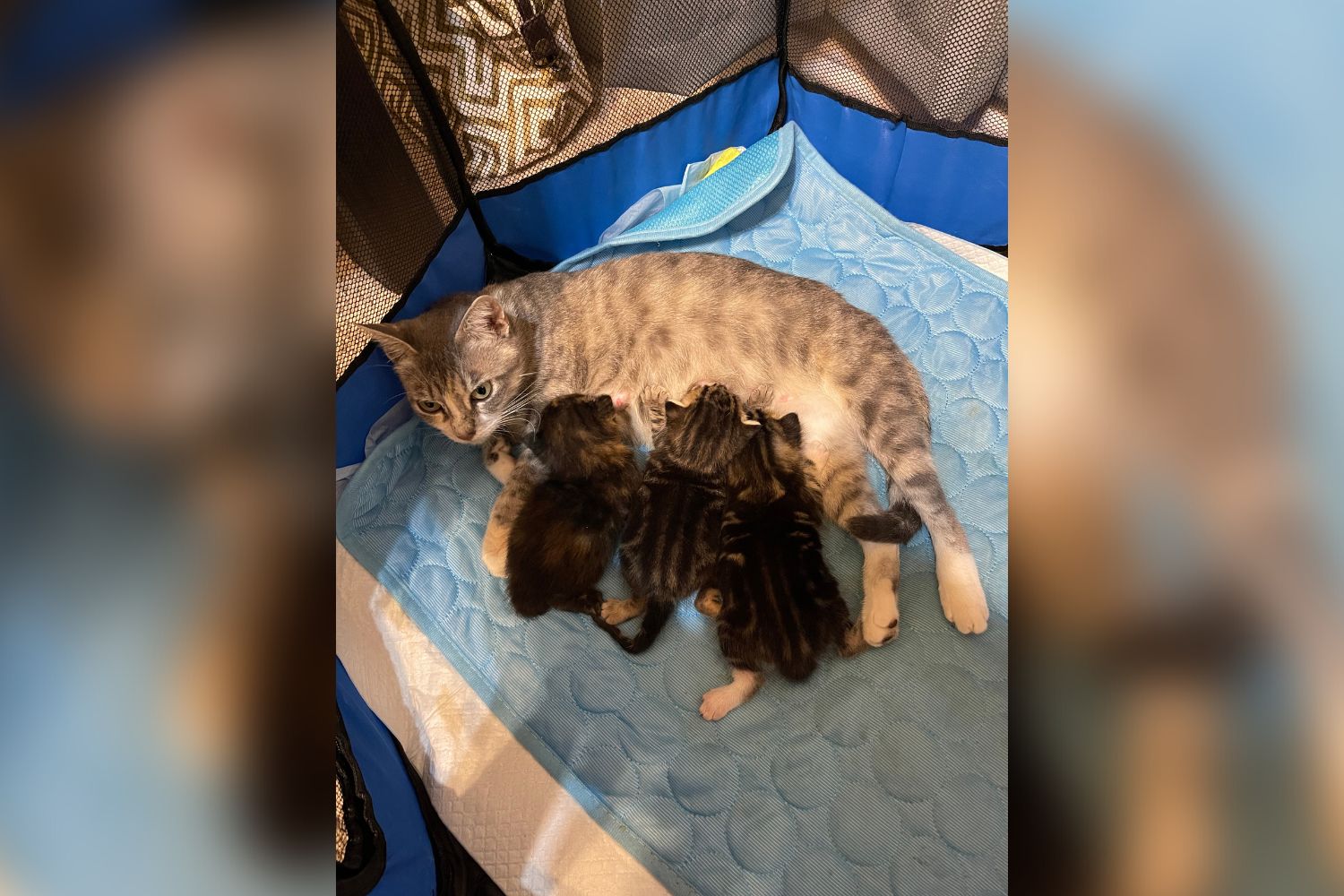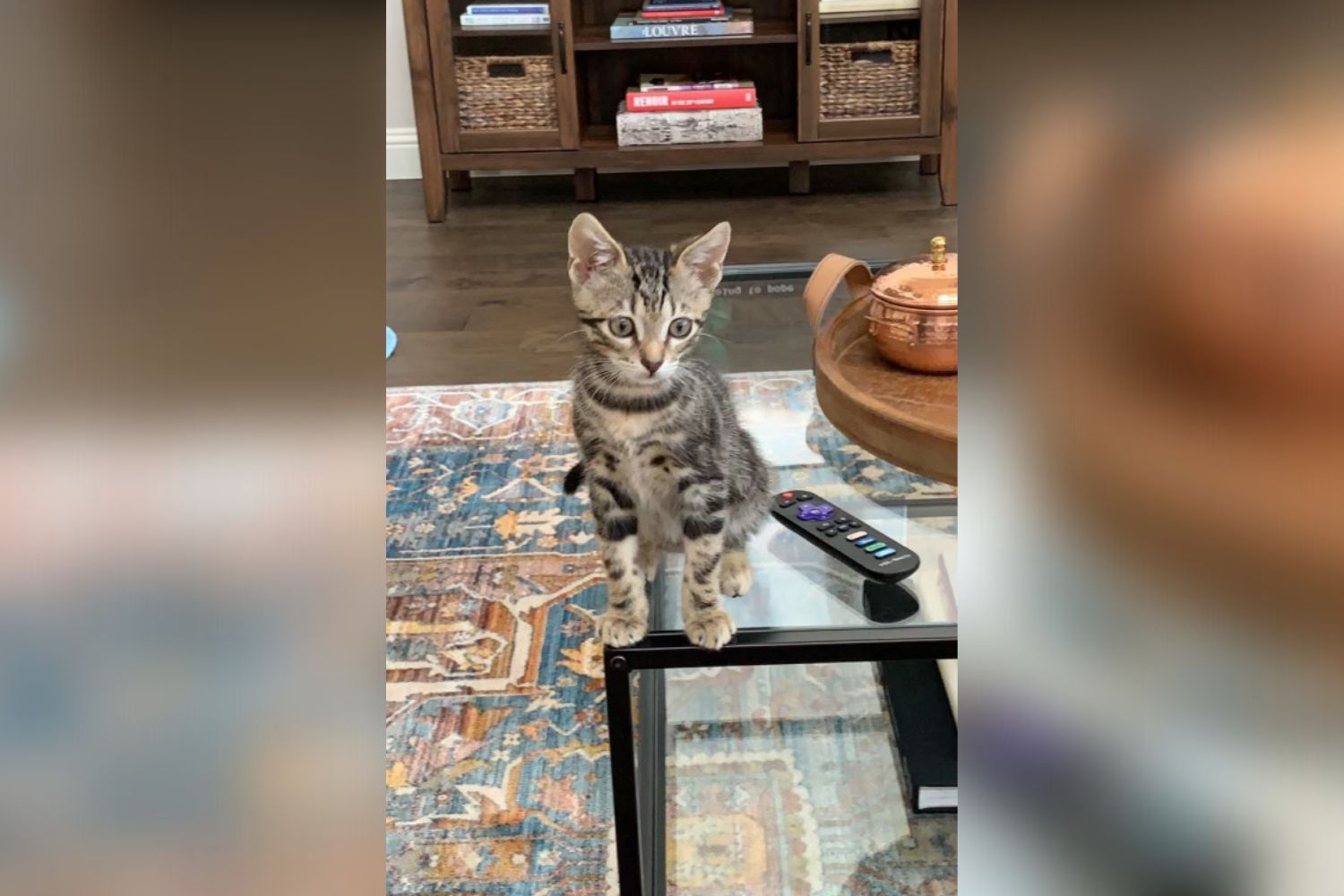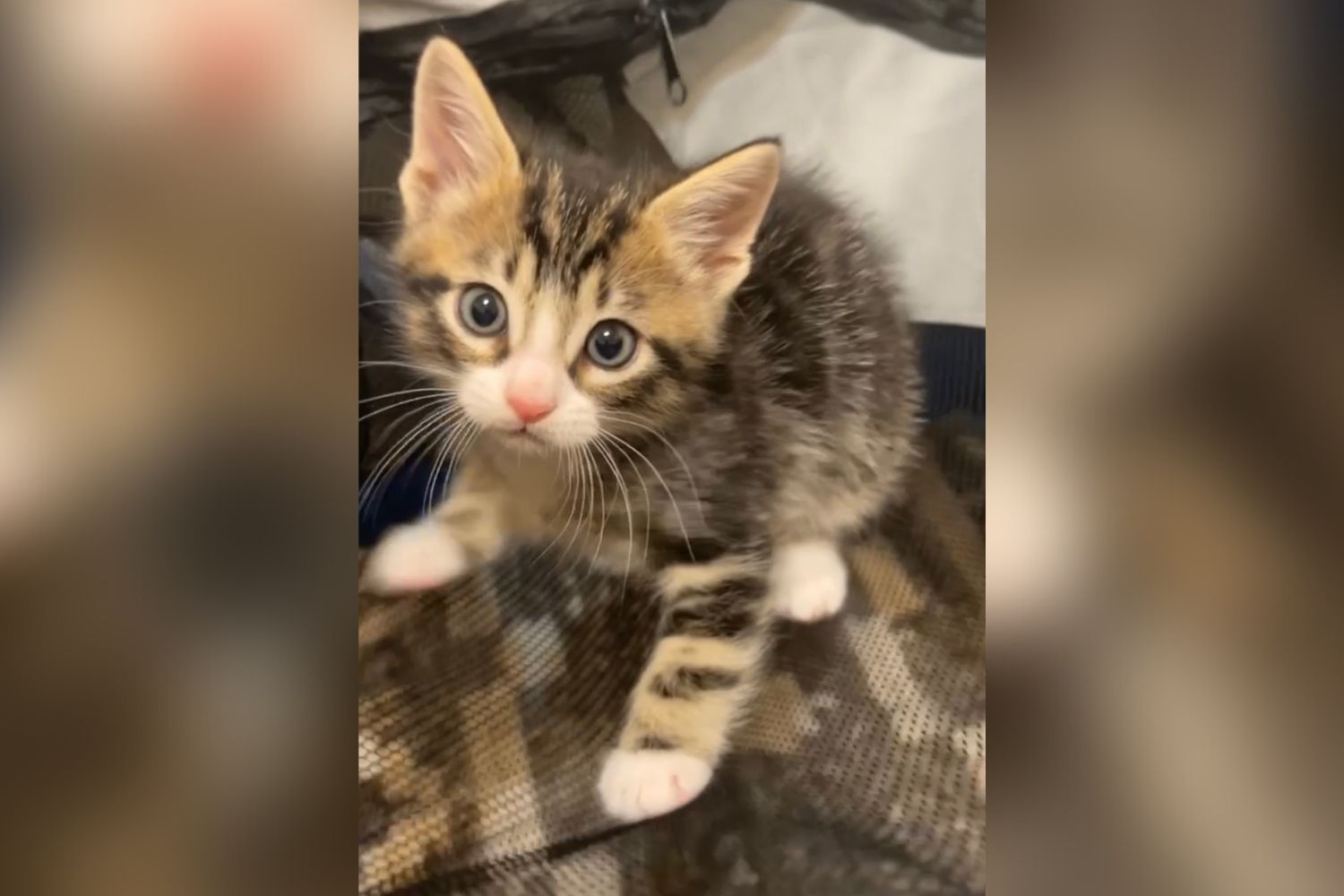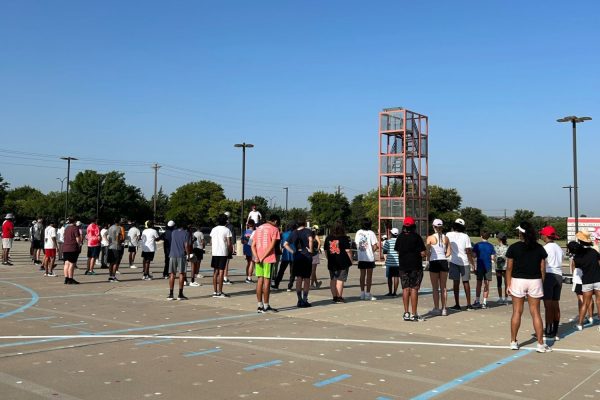Sink or swim: fostered kittens thrive after rehabilitation
Assistant coach. PE and health teacher. Cute kitten rescue mom. Taylor Ruesch was prepared for the first three. The fourth, happened by accident.
Keeping her eyes on a stray pregnant cat in the neighborhood, one day Ruesch noticed Mamasita didn’t look so pregnant and began worrying about the kittens.
I think they were about three weeks old. So there were three kittens, and one of them was walking a lot better than the others,
— coach Taylor Ruesch
“I joined the neighborhood Facebook group to see if anybody else had posted that they had found the kittens,” Ruesch said. “Luckily, the next morning when I woke up, somebody posted a picture of Mamasita and said ‘does anybody know whose cat this is, she’s wearing a collar and we found kittens in our pool shed’ so I responded and they messaged me back immediately and then that day, after school, I went and picked up the kittens.”
But all was not well with two of the three kittens as Ruesch soon discovered they weren’t walking well.
“I think they were about three weeks old. So there were three kittens, and one of them was walking a lot better than the others,” Ruesch said. “And she is a girl and the two boys had the swimmers syndrome, but they were about three weeks old when I began noticing how good the sister was walking and they were still struggling to walk, they were really wobbly.”
Talking with her mom about the kittens struggling to walk, a simple internet search helped find a potential path to rehabilitation.
“Luckily, my mom—because I thought maybe they were born deformed and I thought ‘oh no, what are we going to do,” Ruesch said. “I might have to take them to the vet and see’—but my mom looked it up (she just looked up: kittens, legs not working) and she found something and we researched from there.”
From there, the rehabilitation of the 3-week-old kittens began.
So the more that they’re walking, the better they’re getting, the stronger they’re getting,
— Ruesch
“Putting their legs in the correct position was the main method of correcting the problem,” Ruesch’s mother Angie Gilchrist said. “We noticed the padding we had in their bed was slippery so we changed that first, with the thought[that] they would have better traction to keep their legs under them. It definitely helped. Bandaging the legs and hips together to keep them in the correct position was the first method mentioned. This was difficult to accomplish, not only was it hard to get the bandages around their little legs, but they also wriggled their way out.”
Ruesch expanded on the treatment in the effort to keep the kittens from squirming out of the bandages.
“We would tape their legs with surgical tape, so it wouldn’t pull their hair—and my mom and I did it together, it was a two-man job—but we taped their legs where they were facing the right direction and not facing outwards like frog legs,” Ruesch said. “And we tried to leave it on for as long as possible, but they were really energetic kitties so they would wobble out of it really easily, but even having it on for a few minutes, helped their muscles know that’s the way it should be. And then a lot of times when they were really excited and running around, I would grab their feet and put them in the right spot as they were running away from me and I think that helped a lot too.”
They continued treating the kittens for a couple of weeks, and the work is paying off.
“So the more that they’re walking, the better they’re getting, the stronger they’re getting,” Ruesch said. “[It took] a couple of weeks of physical therapy to see a difference.”
I didn’t know he had swimmer syndrome. He kind of walks a little funky, but I thought that was just because he learned how to walk,
— sophomore Bea Dunlop
After the treatment, the kittens are now close to normal with Ruesch giving away the last kitten to volleyball player, sophomore Bea Dunlop, who didn’t realize what the newly named Frank had been through.
“I didn’t know he had swimmer syndrome,” Dunlop said. “He kind of walks a little funky, but I thought that was just because he learned how to walk.”
In Dunlop’s eyes Frank is one quick kitty.
In the eyes of Ruesch’s mom, this physical rehabilitation project can be considered a success.
“The kittens are around eight or nine weeks old now and they look normal now,” Gilchrist said. “It doesn’t look like they had it at all.”

Christina Huang is a sophomore in her first year officially with Wingspan. She enjoys reading, writing, playing the piano and viola, and finding/creating...



